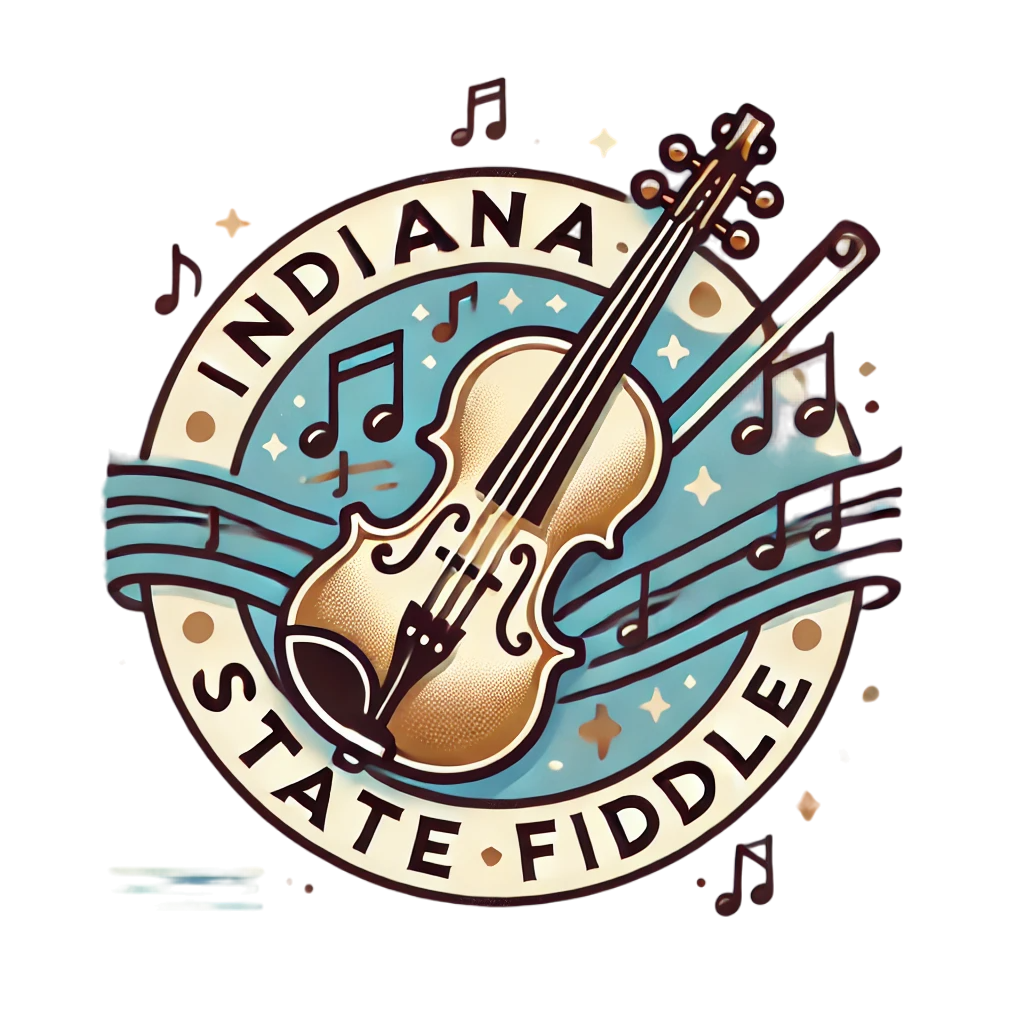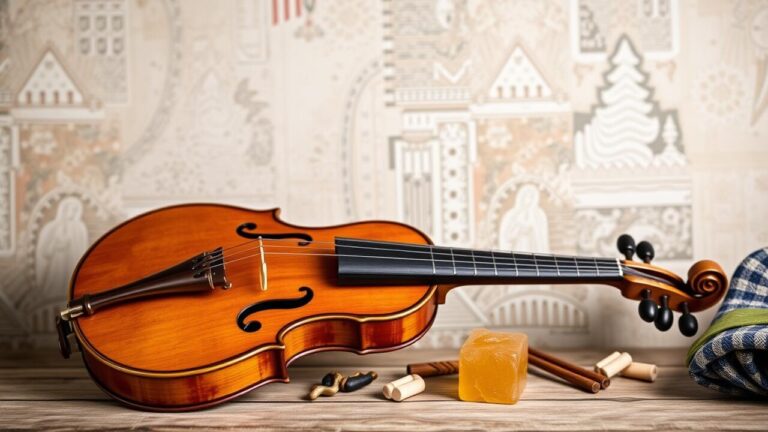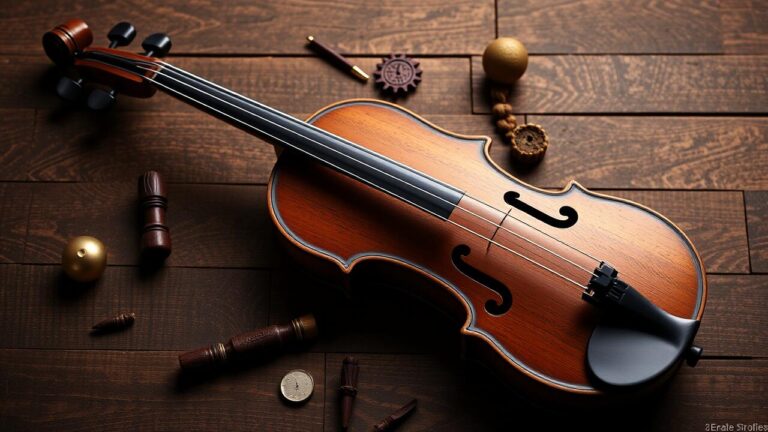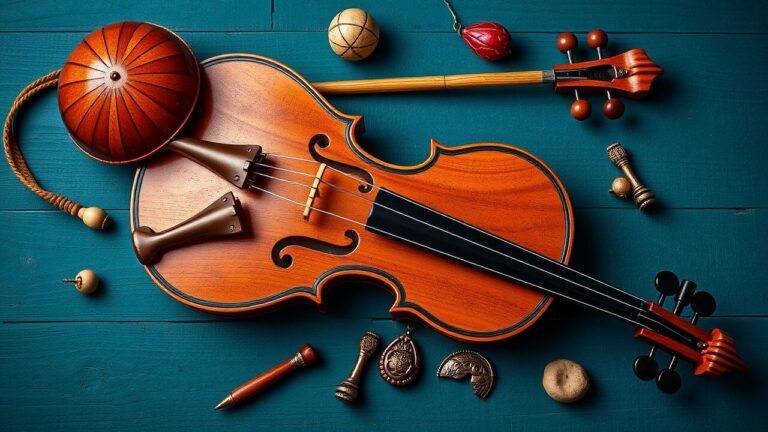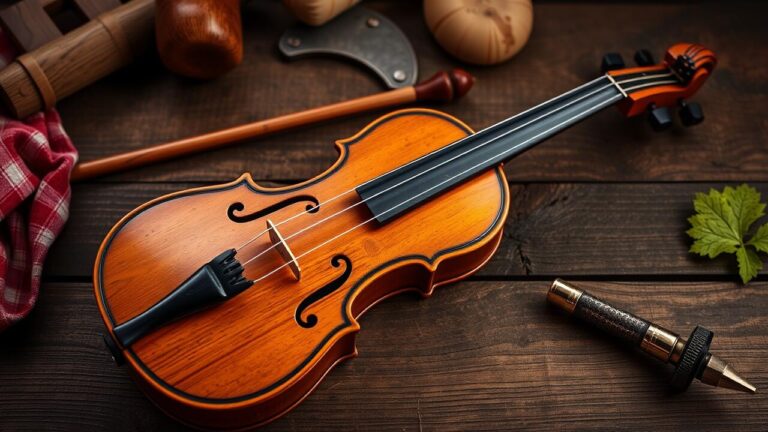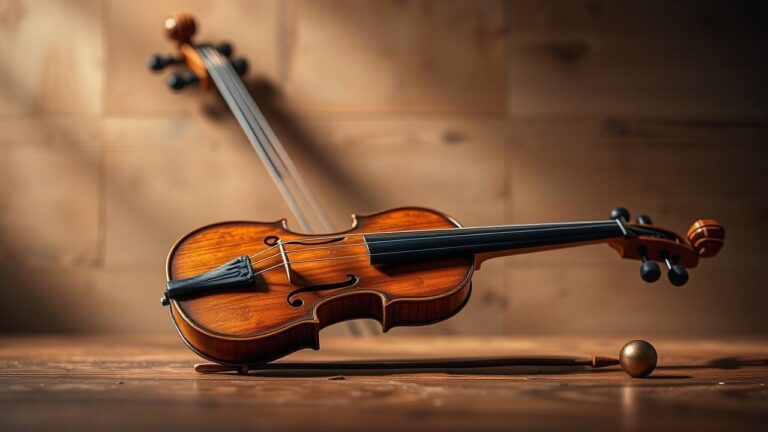Traditional fiddle competition

The Role of Judges in Fiddle Competitions
Judges hold a pivotal position in the whirlwind of fiddle competitions, their task steeped in both responsibility and nuance. With an acute ear for the intricacies of fiddle music—technical prowess, stylistic flair, and that elusive essence known as musicality—they embark on the journey of evaluation. The judging process is anything but arbitrary; it’s anchored by established criteria that dissect performances with surgical precision. This method not only allows judges to voice their critiques with clarity and reason but also weaves a tapestry of fairness throughout the competition.
The seasoned judges bring an aura of credibility and professionalism to this vibrant arena. Their discerning eyes—and ears—capture subtleties that might elude even the most passionate competitors, illuminating pathways through which musicians can truly grasp the nuances inherent in their art form. Beyond mere assessment, these judges often step into roles akin to mentors, imparting wisdom and guidance like seasoned navigators steering fledgling artists through treacherous waters. For those just beginning to carve out their niche in this competitive landscape, such mentorship proves invaluable—a beacon guiding them toward refinement amidst challenges aplenty.
Importance of Expertise and Experience
Judges are the heartbeat of fiddle competitions, weaving their expertise and experience into the very fabric of evaluation. Their influence? Profound—it shapes not just the integrity but also the fairness that underpins these events. Competitors thrive when judges harbor a rich understanding of traditional techniques and styles; it’s an essential ingredient in this intricate recipe for success.
But effective judging isn’t merely about technical prowess! Oh no—it’s also about grasping the emotional depth and cultural narratives woven into each performance. A seasoned judge possesses a keen eye, capable of spotting those elusive subtle nuances in interpretation that might slip past less experienced evaluators like shadows at dusk. Their dual backgrounds—performative flair coupled with educational insight—bolster their knack for delivering constructive feedback that resonates deeply.
This feedback becomes lifeblood for musicians on their quests to fine-tune their artistry while navigating a labyrinthine competitive arena. When judges step forward with an expansive reservoir of knowledge and a kaleidoscope of experiences, they don’t just elevate individual performances; they infuse the entire atmosphere with vibrancy! This dynamic exchange fosters growth, fuels excellence, and ultimately transforms participants into luminaries within this captivating musical tapestry.
| Judge Name | Expertise Area | Years of Experience |
|---|---|---|
| Emily Thompson | Traditional Fiddle Techniques | 15 |
| Michael Carter | Contemporary Performance Styles | 10 |
| Sarah Johnson | Cultural Music Narratives | 8 |
| Robert Wilson | Music Education and Pedagogy | 20 |
The Impact of Fiddle Competitions on Musicians
Fiddle competitions, oh what a vibrant spectacle! They stand as crucial arenas for musicians, igniting growth and illuminating paths within the intricate tapestry of the folk music scene. Picture this: participants diving headfirst into preparation and performance, experiencing seismic shifts in their personal journeys. Each note played is a step toward refining not just technical prowess but also an undeniable musicality and magnetic stage presence. It’s a grueling yet exhilarating endeavor that can spark newfound confidence—encouraging artists to wander boldly into unexplored repertoires and eclectic styles.
And let’s not overlook the treasure trove of feedback from judges and peers! This invaluable critique fuels artistic metamorphosis, molding musicians into more rounded performers while amplifying their distinctive soundscapes.
But wait—there’s more! Beyond just individual growth lies a pulsating network of professional opportunities waiting to be tapped. Those who shine brightly often find themselves swept up in recognition—a whirlwind leading to invitations for performances that resonate far beyond mere competition walls, collaborations with kindred spirits, or even elusive recording deals that could change everything. The connections forged during these events? Oh, they stretch like tendrils across the industry landscape—linking artists with fellow creatives, seasoned professionals, and potential benefactors alike. In this ever-evolving arena where artistry thrives on both talent and visibility, such interactions become lifelines to enduring careers in a world rich with possibility!
Career Development and Opportunities
Diving into the vibrant world of fiddle competitions can be a game-changer for budding musicians, offering a treasure trove of exposure to industry insiders and fellow creatives. These contests are not just about the notes played; they open doors—doors to networking opportunities that could spark collaborations, lead to performance gigs, or even land invitations to teach engaging workshops. When competitors shine at these events, it often leads to coveted invites to festivals, recording contracts that beckon like sirens, and myriad other pathways that elevate their presence in the bustling realm of folk and traditional music.
But wait! It’s not merely about basking in immediate glory; participating in these competitions adds serious heft to a musician’s resume—a testament to their passion and prowess. Judges and audiences alike cannot help but notice those who consistently dazzle with high-caliber performances—each note played is another brick laid on the road toward further advancement. Crafting a reputation through fierce competition often morphs into an undeniable magnetism within the music community, setting the stage for both artistic evolution and enticing financial prospects down the line.
Cultural Significance of Fiddle Music
Fiddle music, oh, what a vibrant thread it weaves through the tapestry of cultural identity and community heritage! In countless regions, this genre becomes a living chronicle—an intricate dance of notes that tells tales steeped in history, echoes social struggles, and resonates with personal journeys. Picture it: communities gathering under starlit skies or cozy halls to immerse themselves in fiddle melodies; it’s not just sound but an invitation—a call to connect deeply through shared stories and collective emotions.
Yet beyond mere enjoyment lies the vital task of preserving these fiddle traditions. It’s like passing down a precious heirloom where each elder hands off their wisdom—their skills and treasured tunes—to eager younger musicians. And here’s where magic happens! Those fresh minds dive into the well-worn styles, stirring up innovation within tradition’s embrace. This lively exchange breathes new life into fiddle music—it sparks renewed passion while ensuring its pulse beats on for future generations. It’s an evolving legacy: cherished today yet forever shifting; a celebration rich with diversity that continues to enchant all who lend an ear.
Tradition and Heritage Preservation
Fiddle music, with its vibrant twang and spirited rhythms, acts as an enchanting thread weaving through the rich tapestry of regional histories and cultural practices. It’s not just sound; it’s a vessel brimming with stories and emotions that pulse within communities. When musicians step onto the competition stage, they’re doing more than flaunting their technical prowess—they’re paying homage to the age-old traditions that have been lovingly handed down like cherished heirlooms from one generation to another. Each note resonates deeply, conjuring up the very essence of local customs and shared experiences that shape a community’s unique identity. These gatherings become crucial junctures for individual performers while simultaneously enriching our broader cultural landscape.
As we delve deeper into this world, it becomes ever clearer: preserving fiddle music traditions is increasingly hailed as a powerful means of safeguarding folklore and heritage. Competitors bring forth an eclectic array of styles, sparking a diverse appreciation for historical musical forms—each performance breathes life into these art forms anew! By inspiring younger generations to dive headfirst into traditional fiddle music, competitions play an instrumental role in ensuring that these cultural narratives continue to flow through time, keeping folk traditions vibrantly relevant even in today’s fast-paced society.
Common Challenges Faced by Competitors
Stepping into the arena of competition is like navigating a labyrinth where each twist and turn brings its own set of formidable challenges, casting long shadows over even the most seasoned competitors. Among these trials, performance anxiety looms large—a beast that manifests in myriad forms: jittery hands, spiraling self-doubt, or those unwelcome physical symptoms like trembling limbs and beads of sweat trickling down one’s brow. This anxiety often springs from the relentless pressure to dazzle not only judges but also an audience filled with watchful eyes; it’s compounded by an intense yearning to emerge as a beacon amidst a sea of exceptionally gifted musicians. Yet, preparing one’s mind for battle can prove just as vital as perfecting every note on the sheet music. Employing techniques such as vivid visualization, calming relaxation exercises, and simulated performances serves as lifelines for competitors seeking to tame their frayed nerves.
But wait—there’s more! The juggling act doesn’t stop there; many musicians find themselves caught in a whirlwind of responsibilities that vie for their attention. Full-time jobs pull them away from practice rooms while family duties beckon at home—all competing fiercely against personal passions that crave time too. As hours slip through their fingers like sand in an hourglass, feelings of inadequacy creep in—especially when glancing sideways at rivals who seem to pour endless hours into refining their skills. Herein lies the crux: mastering efficient time management becomes paramount—a delicate balancing act enabling participants to squeeze every drop out of limited practice sessions without losing sight of life’s other demands. Achieving this equilibrium requires not just discipline but often sparks innovative solutions that ensure competitors step onto the stage feeling adequately prepared for whatever awaits them under those bright lights.
Overcoming Performance Anxiety
Performance anxiety—ah, the all-too-familiar specter that haunts musicians, especially in those nail-biting competitive arenas. The weight of expectation can twist nerves into knots, casting shadows over technique and overall artistry. In these high-stakes moments, competitors often wrestle with a maelstrom of self-doubt and the gnawing fear of judgment swirling around them like an unrelenting storm. Recognizing this beast lurking just beneath the surface is the first courageous step toward taming it.
Ah, preparation! It’s not just important; it’s essential—a lifeline in the turbulent sea of anxiety. Regular practice sessions become more than mere drills; they’re confidence-building rituals that hone technical prowess while nurturing self-assurance. As musicians grow familiar with their repertoire—the notes becoming second nature—the fog of uncertainty begins to lift from their performance stage. And then there are mock performances: oh yes, what a gem! These rehearsals allow artists to dip their toes into the chaotic waters of competition while still wrapped in a cocoon of support.
By confronting performance anxiety boldly—head-on—musicians unlock a pathway to focus on what truly matters: delivering their finest work and transforming those jittery butterflies into exhilarating zeal for the melodies they cherish so deeply.
Future Trends in Fiddle Competitions
Fiddle competitions are undergoing a fascinating transformation, fueled by the infusion of technology and imaginative formats. Imagine this: online contests have surged in popularity, erasing geographical boundaries and inviting musicians from every corner of the globe to join in. This shift doesn’t just enhance accessibility; it also pulls in a sprawling audience that might never have engaged otherwise. Social media platforms? Oh, they’re absolutely crucial! They provide competitors with vibrant arenas to flaunt their skills and connect with potential fans—talk about a digital stage!
But wait, there’s more! We’re witnessing the emergence of fresh judging criteria designed not only to evaluate performances but also to spark artistic expression like never before. The community is embracing an eclectic mix of styles and influences; competitions are now weaving in new genres that attract an even broader tapestry of participants. It’s as if traditional techniques are having a lively dance-off with contemporary creativity—a beautiful collision that enriches the fiddle music landscape while stretching its reach far beyond what we once imagined possible.
Innovations and New Formats
The realm of fiddle competitions is undergoing a fascinating metamorphosis, with organizers weaving modern technologies and inventive formats into the very fabric of these events. Picture this: online platforms springing to life, casting a wider net that beckons musicians from far-flung corners of the globe to join in the fray. Virtual competitions are not merely on the rise; they’re flourishing! Contestants now have the thrilling opportunity to submit high-quality video performances for judges’ discerning eyes. This approach shatters travel barriers—yes, those pesky constraints—and cultivates an electric sense of community that buzzes among participants and audiences alike across continents.
But wait, there’s more! Beyond digital engagement lies an exciting exploration of unique themes and collaborative formats that some competitions are bravely embarking upon. Imagine categories that intertwine diverse musical styles, daring musicians to experiment boldly and stretch the limits of traditional fiddle playing like never before. Workshops and mentorship opportunities often accompany these vibrant formats, creating fertile ground for skill development and networking adventures among participants. By wholeheartedly embracing these innovations, fiddle competitions are transforming into inclusive arenas bursting with dynamism—enhancing experiences not just for competitors but also igniting excitement within audiences everywhere!
- Virtual competitions allow participation from global contestants, expanding the talent pool.
- High-quality video submissions enable musicians to showcase their skills effectively.
- Unique themes promote experimentation with diverse musical styles.
- Workshops and mentorships support skill development and networking opportunities.
- Collaborative formats encourage community building among participants.
- Innovations enhance audience engagement, creating a more dynamic viewing experience.
- The transformation fosters inclusivity and excitement within the fiddle playing community.
Conclusion
Fiddle competitions, oh, what a tapestry they weave! A crucial stage for talent to shine and a haven where musicians come together in harmony. It’s a delightful dance of tradition meeting innovation—each event pulsating with the rhythms of heritage while inviting both the seasoned virtuosos and eager newcomers to dive deep into their roots in ways that resonate profoundly.
And as we gaze into the future of these fiddle contests, one can’t help but feel an electric buzz—new formats and cutting-edge technologies are on the horizon! They promise not just to maintain relevance but to invigorate our ever-evolving musical landscape. As these gatherings morph and grow, they’ll undoubtedly be instrumental (pun intended!) in nurturing tomorrow’s fiddlers while safeguarding the rich legacies that have sculpted this dynamic art form we cherish so dearly.
